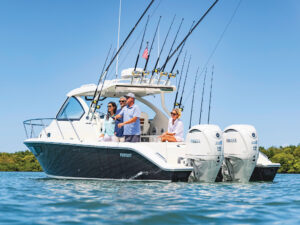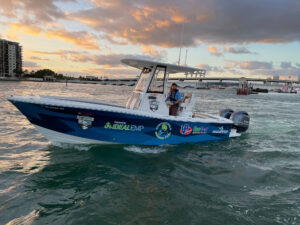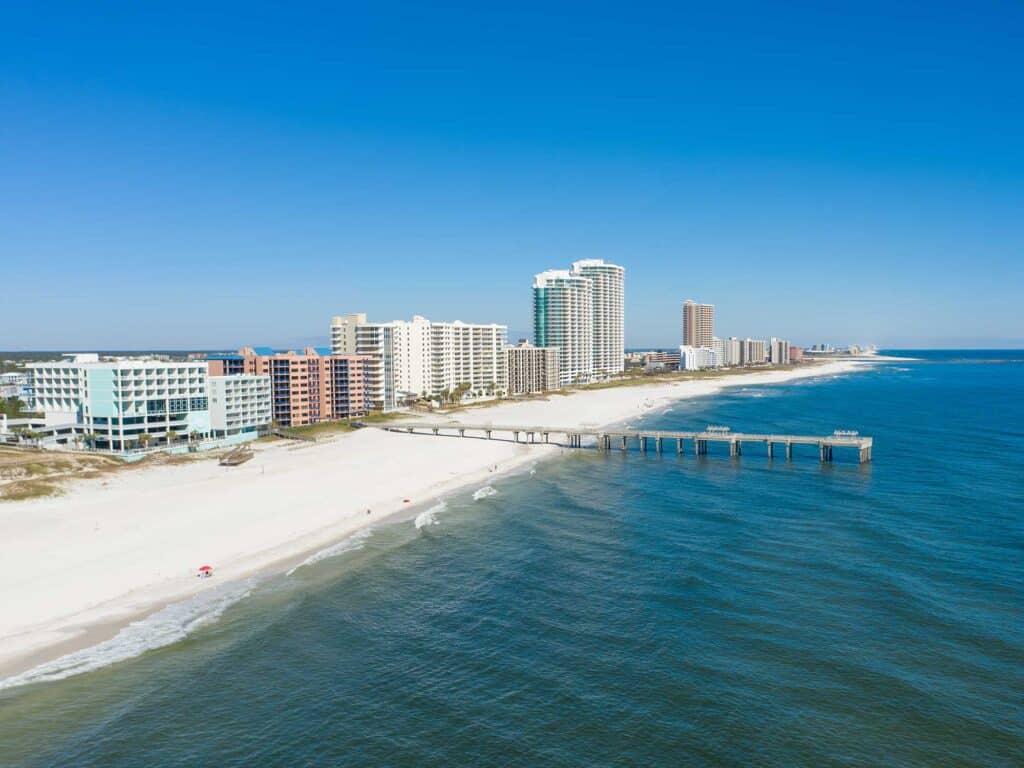
From their white-quartz sand and sapphire offshore waters to their natural tidal bays and creeks, plus everything from mackerel to marlin, Gulf Shores and Orange Beach, Alabama, might just anchor saltwater-fishing’s short list of well-kept secrets.
In fact, a local captain nearly spilled the beans in October, weighing in a 1,145.6-pound blue marlin—a potential Alabama and Gulf of Mexico world record. The region also hosts multiple offshore tournaments each year, including the $1 million Orange Beach Billfish Classic in May.
Blue marlin can be caught year-round off Alabama, but the prime months run from March to November. “For blues, we do troll traditional lures, but most people are live-baiting with bonitos and small tunas,” says Chris Vecsey, tackle manager at Sam’s, a bait-and-tackle shop in Orange Beach.
Offshore runs for big blues can be long—from 60 to more than 100 miles—but anglers searching for bait schools and structure score memorable catches.
The trips shorten for yellowfin tuna, wahoo and mahi. During warmer months, the tuna range in as close as 35 miles. Anglers target them by live-baiting, chunking, trolling, jigging, and even casting stickbaits and poppers.
Wahoo prime time runs March through October, with fish traveling closer to shore—within a few miles—during summer. Vecsey casts for wahoo if he finds them on a floating structure. Once he marks the fish on sonar, he throws a 3-to-4-ounce spoon or lipless plug and lets it sink. He points the rod tip straight at the lure and retrieves it as fast as he can.
As in many Southern regions, mahi-mahi school more from May through October. Anglers search for debris, weed lines, color changes and flotsam, and then troll ballyhoo and daisy chains.
Closer to shore, Alabama waters feature natural hard-bottom structures and plentiful artificial reefs that host red, lane and mangrove snappers, as well as gag, scamp, snowy and yellowedge groupers. Anglers use live baits, such as cigar minnows fished on a Carolina rig and dead bait, as well as vertical jigs. (Laws strictly regulate reef species, so check local rules and seasons to confirm required gear, such as venting tools and descending devices.)
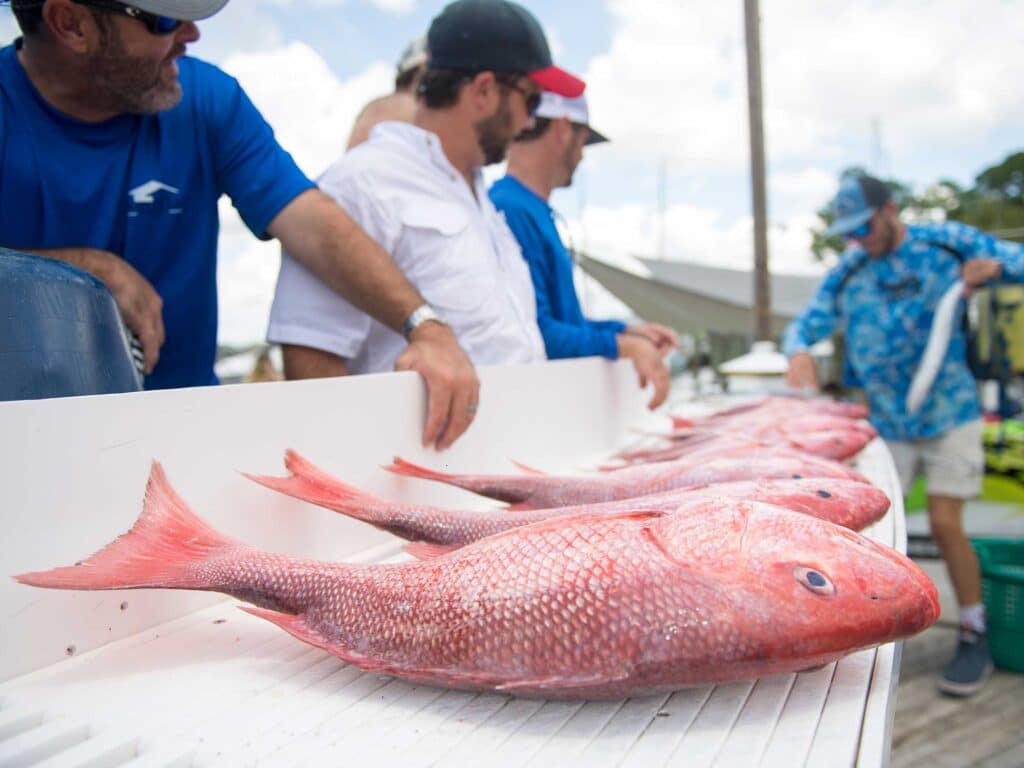
Inshore, beach and nearshore fishing adds a long list of species to the game plan. Early in the year, around Perdido Pass and the gas rigs off Fort Morgan, anglers target sheepshead on fiddler crabs and shrimp, Vecsey says. Speckled trout look for warm spots in the creeks and coastal rivers and can be tempted with live croakers and shrimp.
Redfish remain a hot target any time of year; bull reds can be found off the beaches from fall through mid-February. In backwater areas, smaller redfish take jerkbaits, twitchbaits and live shrimp.
As the water warms, Spanish mackerel and pompano school along the beaches and in the inlets. Cast sand fleas, peeled shrimp, ghost shrimp or Fishbites to the pompano; the mackerel eat just about anything.
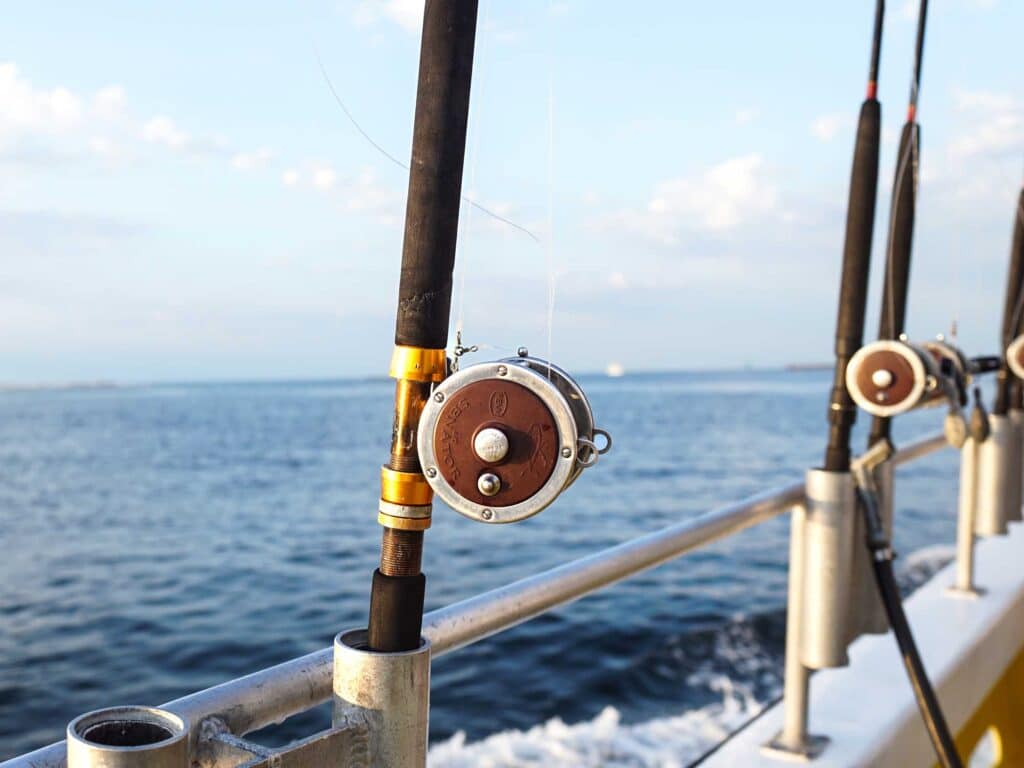
Spring also ushers in migrating cobia, and the first king mackerel appear nearshore. Kingfish linger through the summer; captains bump-troll live baits or troll spoons and diving plugs.
May signals mayhem. “May is phenomenal on everything,” Vecsey says. “The trout are coming on to spawn on the full moon, and then bigger trout move onto the beachfront and barrier islands to the west.”
Flounder fishing hits its stride with paddletail or curlytail plastics and bull minnows taking good-size fish on the beachfront and in river mouths. Redfish school over the grass flats. Use a gold spoon or a wakebait to search for them, and then try topwater plugs, soft plastics or live baits.
In June, 80-to-90-pound tarpon migrate along the beaches, transitioning later to the bays. Popular baits include live alewives or Atlantic bumpers, but Vecsey likes sight-fishing them with plastic swimbaits or on fly tackle.
Falling water temperatures move bait along the beaches, sparking redfish frenzies within a mile of shore. Bull reds form massive schools at the surface that erupt into whitewater as the fish chase bait. Anglers sight-cast with large swimbaits, spoons or bucktails.
To enjoy Alabama’s multi-seasonal bounty, visitors can trailer their own boats; the region features numerous marinas and boat ramps. Non-boaters will find more than 100 charter operators in Orange Beach and Gulf Shores.
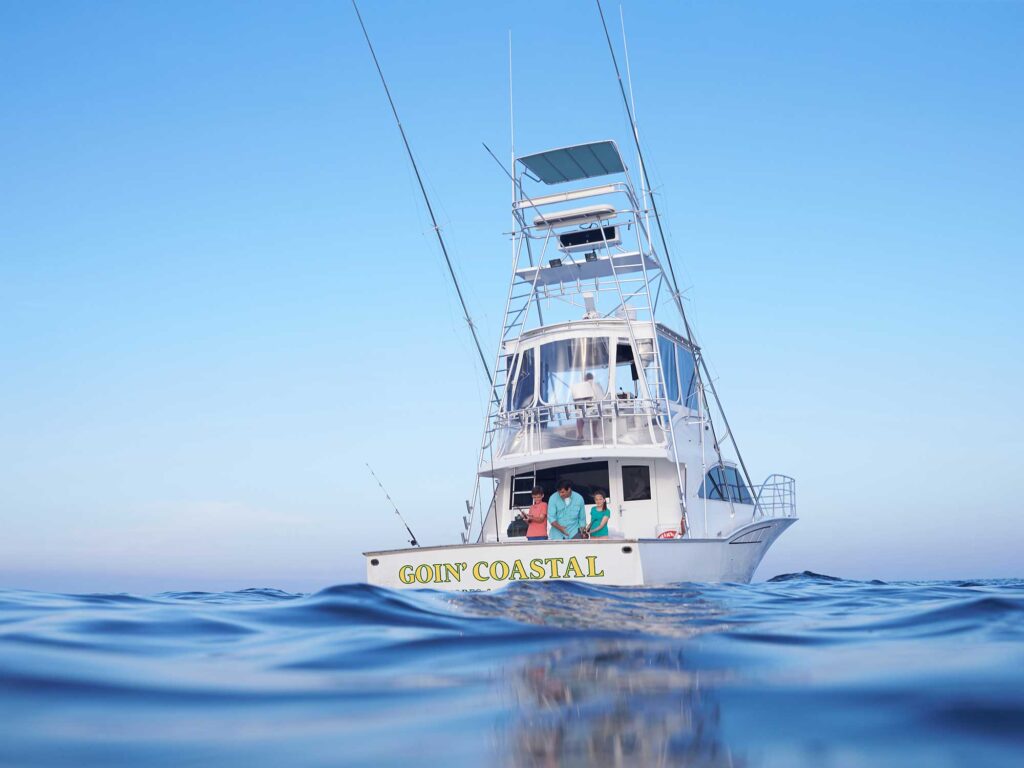
If you plan to keep some of your fish, check out the dozen or more seafood restaurants willing to cook your catch, such as Luna’s Eat & Drink or Mikee’s Seafood Restaurant.
If you’re traveling with family or planning a lay day to explore onshore, try one of the signature golf courses, experience a kangaroo or sloth encounter at the Alabama Gulf Coast Zoo, or study beach construction techniques at Sand Castle University. The region also boasts a Civil War-era fort, a water park, and a state park with paved biking trails.
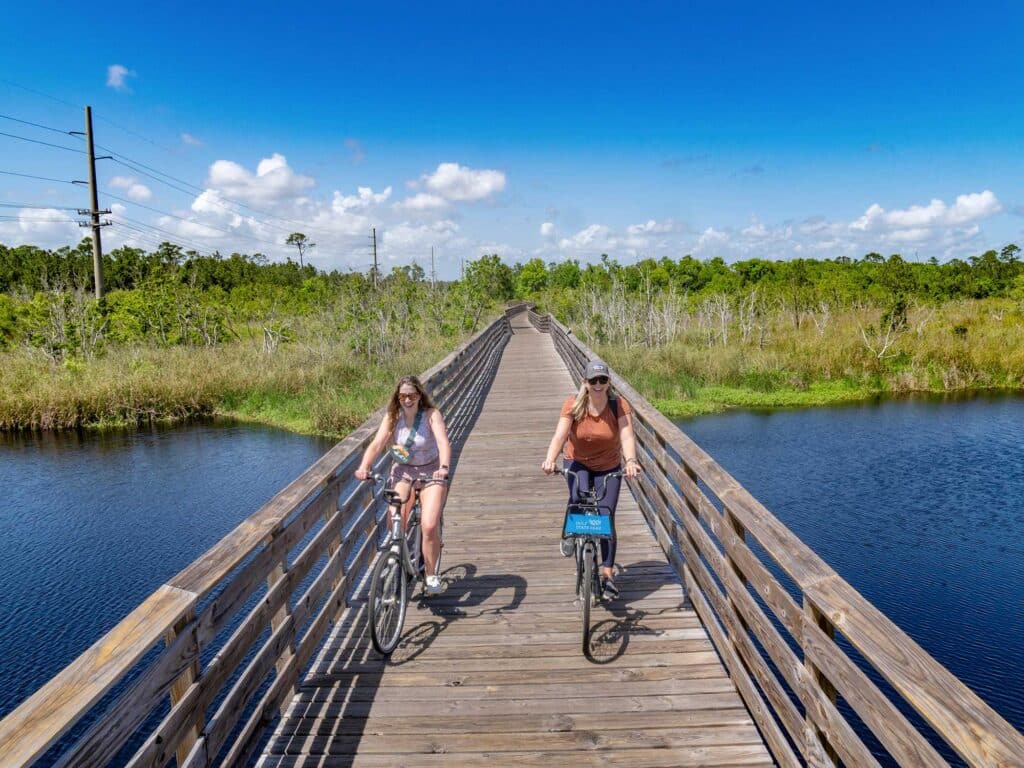
To celebrate the end of an adventurous day, take in a sunset on The Wharf’s Ferris Wheel, one of the largest in the Southeast. At only $8 per person, that’s another well-kept secret.


